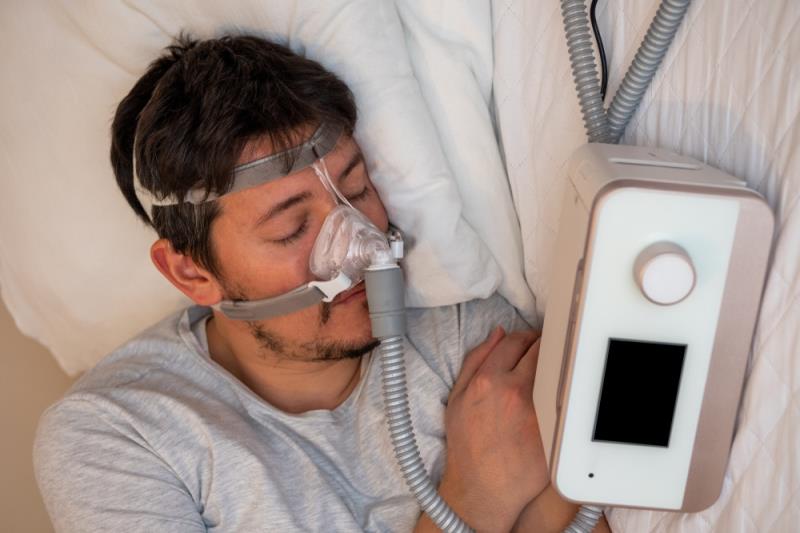
An association exists between periodic limb movements during sleep (PLMS) and an increase in systolic blood pressure (SBP) regardless of apnoea–hypopnea index (AHI) in patients with obstructive sleep apnoea (OSA), independent of clinical and sociodemographic confounders, a recent study has found.
“OSA and PLMS are known to induce acute BP swings during sleep,” the investigators noted.
Univariate analysis revealed an increased SBP equal to 4.70 mm Hg (p<0.001) in patients with significant PLMS compared to those without. This increase persisted even after implementing a multivariable regression model (2.64 mm Hg; p=0.044). Of note, there was no significant risk observed for diastolic (D)BP and pulse pressure.
“A PLMS phenotype may carry an increased risk for cardiovascular disease in OSA patients,” the investigators said.
This cross-sectional analysis sought to address the independent effect of PLMS on BP in an OSA patient cohort. A total of 1,487 patients (mean age, 52.5 years; mean body mass index [BMI], 30.5 kg/m2; 1,110 males; no previous hypertension diagnosis or treatment) with significant OSA, defined as AHI ≥10, were recruited from the European Sleep Apnoea Cohort. They underwent overnight polysomnography.
The investigators stratified the participants into two groups: those with significant PLMS (PLMS index >25 events/hour of sleep) and those without (PLMS index <25 events/hour of sleep. SBP, DBP, and PP were variables of interest. A multivariate regression linear model was fitted for each of these to examine the association between PLMS and outcome adjusting for sociodemographic and clinical covariates (eg, age, gender, BMI, AHI, Epworth Sleepiness Scale, diabetes, smoking, and sleep efficiency).